
[xyz-ihs snippet="NavigationLinksBlock-Common"]
Minute Waltz
by Frederic Chopin
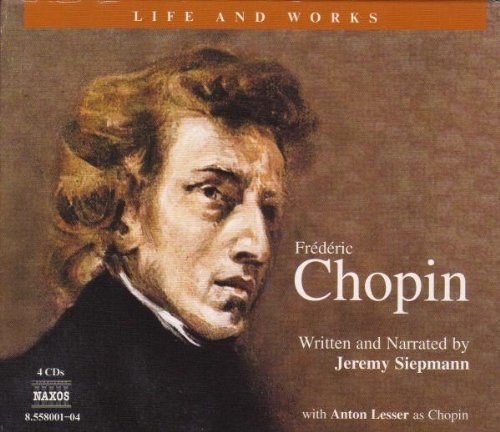
" Minute Waltz " originally titled Waltz in D-flat major, Op. 64, No. 1, Valse du petit chien (French for "Waltz of the puppy"), popularly known in English as the "Minute Waltz", is a piano waltz composed by Frédéric Chopin. It is dedicated to the Countess Delfina Potocka. Chopin composed the waltz in 1847 and had it published by Breitkopf & Härtel in Leipzig the same year, as the first of the Trois Valses, Op. 64. The second waltz is in the enharmonic parallel minor key of C-sharp minor.
[video width="640" height="360" mp4="https://www.easypianoonline.com/wp-content/uploads/2020/11/MinuteWaltz.mp4"]

[xyz-ihs snippet="NavigationLinksBlock-Common"]
Waves of The Danube
by Ion Ivanovici
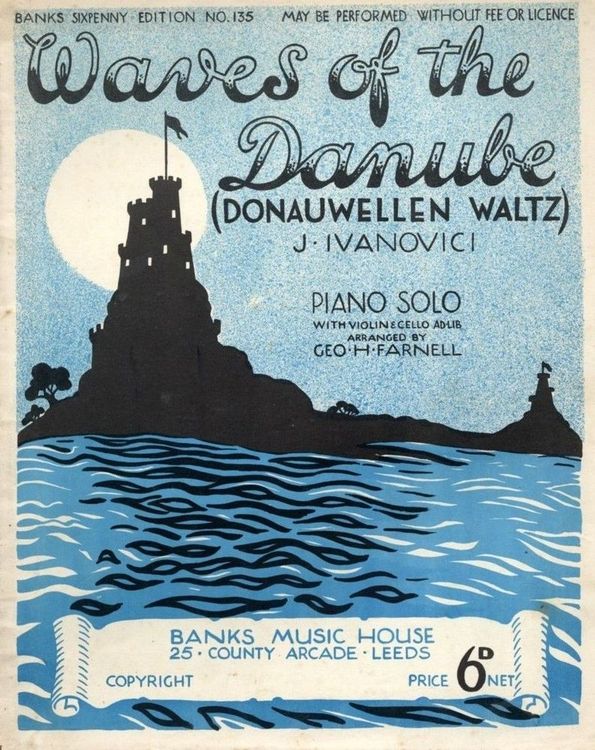
" Waves Of The Danube " is a waltz composed by Iosif Ivanovici in 1880, and is one of the most famous Romanian tunes in the world. The song has many variations throughout the piece, reminiscent of the music of Johann Strauss. Through the Viennese style variations, there is still a distinct Slavic style. In the United States, it is frequently referred to as "The Anniversary Song", a title given by Al Jolson when he and Saul Chaplin released an adaptation of the song in 1946.
"Waves of the Danube" was first published in Bucharest in 1880. It was dedicated to Emma Gebauer, the wife of music publisher Constantin Gebauer. Composer Émile Waldteufel made an orchestration of the piece in 1886, which was performed for the first time at the 1889 Paris Exposition, and took the audience by storm.[1] It won the march prize to mark the exhibition out of 116 entries.
[video width="640" height="360" mp4="https://www.easypianoonline.com/wp-content/uploads/2020/11/WavesOfTheDanube.mp4"]

[xyz-ihs snippet="NavigationLinksBlock-Common"]
Symphony No.40 1st Movement
by Mozart

" Symphony No. 40 in G minor, K. 550 " was written by Wolfgang Amadeus Mozart in 1788. It is sometimes referred to as the "Great G minor symphony", to distinguish it from the "Little G minor symphony", No. 25. The two are the only extant minor key symphonies Mozart wrote. The date of completion of this symphony is known exactly, since Mozart in his mature years kept a full catalog of his completed works; he entered the 40th Symphony into it on 25 July 1788. Work on the symphony occupied an exceptionally productive period of just a few weeks during which time he also completed the 39th and 41st symphonies (26 June and 10 August, respectively). The 40th symphony exists in two versions, differing primarily in that one includes parts for a pair of clarinets (with suitable adjustments made in the other wind parts). Most likely, the clarinet parts were added in a revised version. The autograph scores of both versions were acquired in the 1860s by Johannes Brahms, who later donated the manuscripts to the Gesellschaft der Musikfreunde in Vienna, where they reside today.
[video width="640" height="360" mp4="https://www.easypianoonline.com/wp-content/uploads/2020/11/SymphonyNo401stMvt.mp4"]

Playlist of Tutorials for Songs from Handel, George Frederic (List Ordered by Song Name) A B C D E F G H I J K…

[xyz-ihs snippet="NavigationLinksBlock-1"]
Ombra Mai Fu
by George Frideric Handel
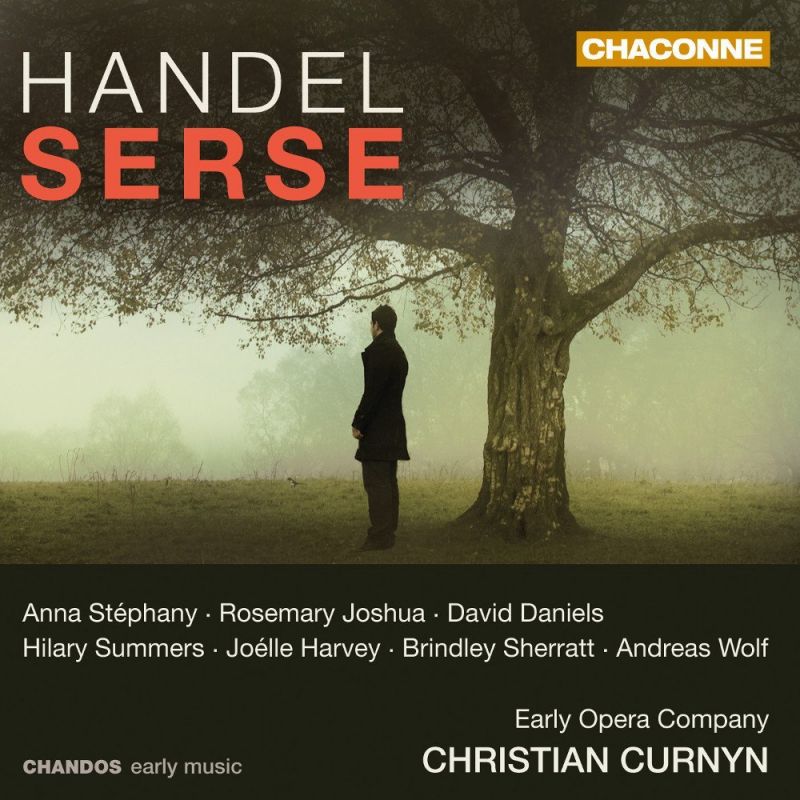
" Ombra Mai Fu " also known as "Largo from Xerxes", is the opening aria from the 1738 opera Serse by George Frideric Handel. The opera was a commercial failure, lasting only five performances in London after its premiere. In the 19th century, however, the aria was rediscovered and became one of Handel's best-known pieces. Handel adapted the aria from the setting by Giovanni Bononcini, who, in turn, adapted it from the setting by Francesco Cavalli. All three composers had produced settings of the same opera libretto by Nicolò Minato. Originally composed to be sung by a soprano castrato (and sung in modern performances of Serse by a countertenor, contralto or a mezzo-soprano), it has been arranged for other voice types and instruments, including solo organ, solo piano, violin and piano, and string ensembles, often under the title "Largo from Xerxes", although the original tempo is marked larghetto.
[video width="640" height="360" mp4="https://www.easypianoonline.com/wp-content/uploads/2020/11/OmbraMaiFu.mp4"]
Lyrics
Never was there a shadow
Of Branches
Sweeter, more refreshing
Or more gentle
Tender and beautiful fronds
Of my beloved plane tree
Let fate smile upon you
May thunder, lightning, and storms
Never bother your dear peace
Nor may you by blowing winds be profaned
Songwriters: Giovanni Bononcini/ George Handel
(Italian – Original)
Ombra Mai fu
Di vegetabile
Cara ed amabile
Soave piu.
Frondi tenere e bell
Del mio Platano amato,
Per voi risplenda il Fato
Tuoni, Lampi, e Procelle
Non vi oltraggino mai la cara pace,
Ne giunga a profanarvi Austro rapace.
Songwriters: Giovanni Bononcini/ George Handel

City Of Stars
by Justin Hurwitz
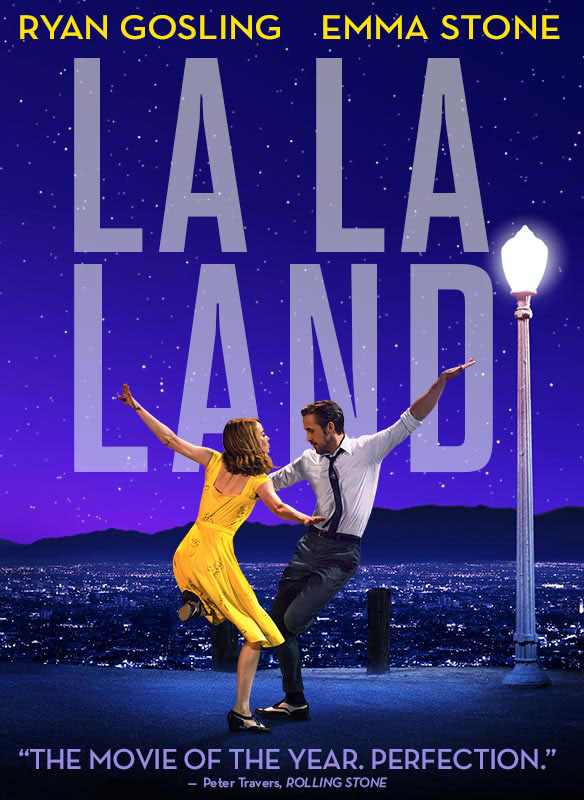
" City Of Stars " is a song from the film La La Land. La La Land is a 2016 American musical romantic drama film written and directed by Damien Chazelle. It stars Ryan Gosling as a jazz pianist and Emma Stone as an aspiring actress, who meet and fall in love while pursuing their dreams in Los Angeles. John Legend, Rosemarie DeWitt, Finn Wittrock, and J. K. Simmons also star.
Having been fond of musicals during his time as a drummer, Chazelle first conceptualized the film alongside Justin Hurwitz while attending Harvard University together. After moving to Los Angeles in 2010, Chazelle wrote the screenplay but did not find a studio willing to finance the production without changes to his design. Following the success of his 2014 film Whiplash, the project was picked up by Summit Entertainment. Filming took place in Los Angeles from August to September 2015, with the film's score composed by Hurwitz and the dance choreography by Mandy Moore. La La Land premiered at the 73rd Venice International Film Festival on August 31, 2016, and was released in the United States on December 9, 2016. It grossed $446 million worldwide against a production budget of $30 million.
[video width="640" height="360" mp4="https://www.easypianoonline.com/wp-content/uploads/2020/11/CityOfStars.mp4"]
Lyrics
City Of Stars
City of stars, Are you shining just for me?
City of stars, There's so much that i can't see. Who knows,
I felt it from the first embrace
I shared with you...
That now Our dreams,
They've finally come true.
City of stars, Just one thing everybody wants. There in the bars, and through the smokescreen of the crowded restaurants,
It's love,
Yes, all we're looking for is love
From someone else...
- A rush,
- A glance,
- A touch,
- A dance,
To look in somebody's eyes,
To light up the skies,
To open the world and send me whirly,
A voice that says,
I'll be here, and you'll be alright.
I don't care if I know
Just where I will go
'Cause all that I need, this crazy feeling, Ra-ta-tat of my heart
I think I wanted to stay.
City of stars, Are you shining just for me?
City of stars,
You never shined so brightly.
Songwriters: Justin Hurwitz / Benj Pasek / Justin Noble Paul

Playlist of Tutorials for Songs from Latin Music (List Ordered by Song Name) A B C D E F G H I J K L…

The Girl From Ipanema
by Antonio Carlos Jobim

" The Girl From Ipanema " (Garota de Ipanema) is a Brazilian bossa nova and jazz song. It was a worldwide hit in the mid-1960s and won a Grammy for Record of the Year in 1965. It was written in 1962, with music by Antônio Carlos Jobim and Portuguese lyrics by Vinícius de Moraes. English lyrics were written later by Norman Gimbel. The song was composed for a musical comedy titled Dirigível (Blimp), then a work in progress of Vinicius de Moraes. The original title was "Menina que Passa" ("The Girl Who Passes By"); the first verse was different. Jobim composed the melody on his piano in his new house in Rua Barão da Torre, in Ipanema. In turn, Moraes had written the lyrics in Petrópolis, near Rio de Janeiro, as he had done with "Chega de Saudade" ("No More Blues") six years earlier. While firmly rooted in bossa nova, "The Girl from Ipanema" includes influences from blues and Tin Pan Alley. Numerous recordings have been used in films, sometimes as an elevator music cliché. It is believed to be the second most recorded pop song in history, after "Yesterday" by The Beatles. The song was inducted into the Latin Grammy Hall of Fame in 2001. In 2004, it was one of 50 recordings chosen that year by the Library of Congress to be added to the National Recording Registry. In 2009, the song was voted by the Brazilian edition of Rolling Stone as the 27th greatest Brazilian song!
[video width="640" height="360" mp4="https://www.easypianoonline.com/wp-content/uploads/2020/11/TheGirlFromIpanema.mp4"]
Lyrics
The Girl from Ipanema (English)
Tall and tan and young and lovely,
The girl from Ipanema goes walking
And when she passes, each one she passes goes, “Aaah…”
When she walks, she’s like a samba
That swings so cool and sways so gently
That when she passes, each one she passes goes, “Aaah…”
Oh, but he watches so sadly -
How can he tell her he loves her?
Yes, he would give his heart gladly,
But each day when she walks to the sea,
She looks straight ahead – not at he…
Tall and tan and young and lovely,
The girl from Ipanema goes walking
And when she passes, he smiles, but she doesn’t see…
Oh, but he watches her so sadly -
How can he tell her he loves her?
Yes, he would give his heart gladly,
But each day when she walks to the sea,
She looks straight ahead – not at he…
Tall and tanned and young and lovely,
The girl from Ipanema goes walking
And when she passes, he smiles, but she doesn’t see…
She just doesn’t see…
No, she doesn’t see…
But she doesn’t see…
She doesn’t see…
No, she doesn’t see…
Songwriters: Norman Gimbel, Antonio Carlos Jobim, Vinicius De Moraes
Garota de Ipanema (Portugese)
Olha que coisa mais linda mais cheia de graça
É ela menina que vem e que passa
Num doce balanço, a caminho do mar
Moça do corpo dourado
Do sol de Ipanema
O seu balançado é mais que um poema
É a coisa mais linda que eu já vi passar
Ah, porque sou tão sozinho
Ah, porque tudo é tão triste
Ah, a beleza que existe
A beleza que não é só minha
Que também passa sozinha
Ah, se ela soubesse
Que quando ela passa
O mundo sorrindo se enche de graça
E fica mais lindo por causa do amor
Songwriters: Norman Gimbel, Antonio Carlos Jobim, Vinicius De Moraes

[xyz-ihs snippet="NavigationLinksBlock-Common"]
Pavane
by Gabriel Faure
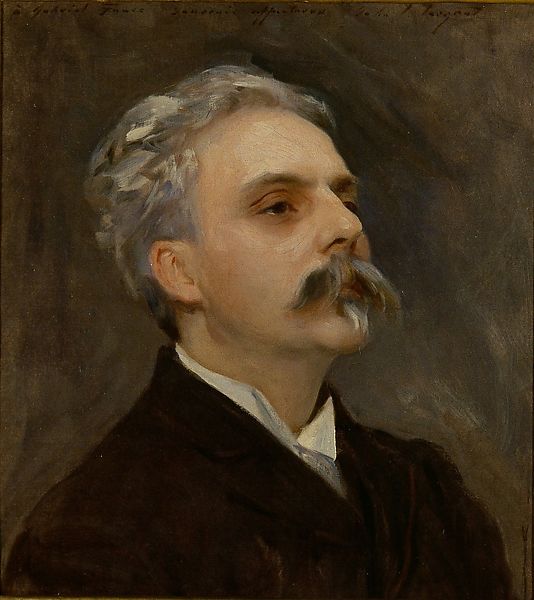
" Pavane in F-sharp minor, Op. 50" is a pavane by the French composer Gabriel Fauré written in 1887. It was originally a piano piece, but is better known in Fauré's version for orchestra and optional chorus. Obtaining its rhythm from the slow processional Spanish court dance of the same name, the Pavane ebbs and flows from a series of harmonic and melodic climaxes, conjuring a haunting Belle Époque elegance. The piece is scored for only modest orchestral forces consisting of string instruments and one pair each of flutes, oboes, clarinets, bassoons, and horns. A typical performance lasts about six minutes.
The original version of the Pavane was written for piano and chorus in the late 1880s. The composer described it as "elegant, but not otherwise important." Fauré intended it to be played more briskly than it has generally come to be performed in its more familiar orchestral guise. The conductor Sir Adrian Boult heard Fauré play the piano version several times and noted that he took it at a tempo no slower than 100 quarter notes per minute. Boult commented that the composer's sprightly tempo emphasised that the Pavane was not a piece of German romanticism, and that the text later added was "clearly a piece of light-hearted chaffing between the dancers".
[video width="640" height="360" mp4="https://www.easypianoonline.com/wp-content/uploads/2020/11/PavaneFaure.mp4"]

<
The Pink Panther
by Henry Mancini
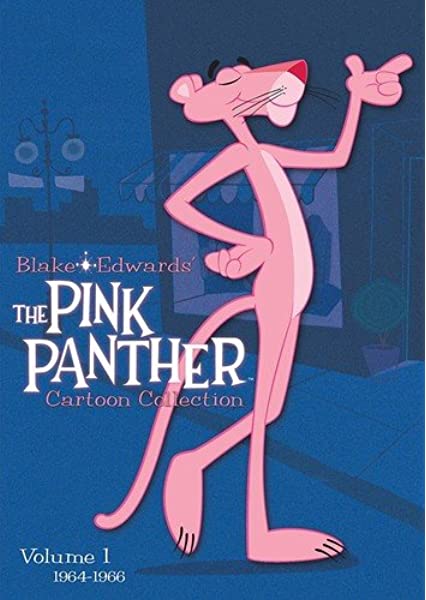
" The Pink Panther " is a British-American media franchise primarily focusing on a series of comedy-mystery films featuring an inept French police detective, Inspector Jacques Clouseau. The franchise began with the release of the classic Pink Panther film in 1963. The role of Clouseau was originated by, and is most closely associated with, Peter Sellers. Most of the films were written and directed by Blake Edwards, with theme music composed by Henry Mancini. Elements and characters inspired by the films were adapted into other media, including books, comic books and animated series.
The first film in the series derives its name from the eponymous pink diamond that has an enormous size and value. The diamond is called the "Pink Panther" because the flaw at its centre, when viewed closely, is said to resemble a leaping pink panther. The phrase reappears in the title of the fourth film The Return of the Pink Panther, in which the theft of the diamond is again the centre of the plot. The phrase was used for all the subsequent films in the series, even when the jewel did not figure in the plot. The jewel ultimately appeared in six of the 11 films.
[video width="640" height="360" mp4="https://www.easypianoonline.com/wp-content/uploads/2020/11/ThePinkPanther.mp4"]

[xyz-ihs snippet="NavigationLinksBlock-Common"]
La Vie En Rose (Easy version)
by Edith Piaf
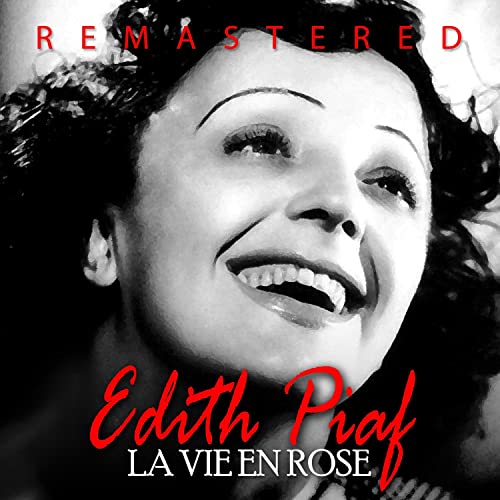
La Vie en Rose (Advanced version) of the tutorial can be reached at the link below:

" La Vie En Rose " (French for '"Life in pink"') is the signature song of popular French singer Édith Piaf, written in 1945, popularized in 1946, and released as a single in 1947. The song became very popular in the US in 1950 with no fewer than seven different versions reaching the Billboard charts. These were by Tony Martin, Paul Weston, Bing Crosby (recorded June 22, 1950), Ralph Flanagan, Victor Young, Dean Martin, and Louis Armstrong. It was popularly covered by Latin singer Thalia.
La Vie en rose (May 1945) is a song by Édith Piaf, with music by Louiguy, Édith Piaf being the lyricist, but not the composer, registered with SACEM. It was probably Robert Chauvigny who finalised the music, and when Édith suggested to Marguerite Monnot that she sing the piece, the latter rejected "that foolishness." It was eventually Louiguy who accepted the authorship of the music. It was broadcast before being recorded. Piaf offered the song to Marianne Michel, who modified the lyrics slightly, changing "les choses" ("things") for "la vie" ("life"). In 1943, Piaf had performed at a nightclub/bordello called "La Vie en Rose. Initially, Piaf's peers and songwriting team didn't think the song would be successful, finding it weaker than the rest of her repertoire. Heeding their advice, the singer put the song aside, only to change her mind the next year. It was performed live in concert for the first time in 1946. It became a favorite with audiences. "La Vie en rose" was the song that made Piaf internationally famous, with its lyrics expressing the joy of finding true love and appealing to those who had survived the difficult period of World War II.
[video width="640" height="360" mp4="https://www.easypianoonline.com/wp-content/uploads/2020/11/LaVieEnRose.mp4"]
Lyrics
La Vie En Rose (English – Translation)
A laugh which is lost on his lips
That’s the untouched portrait
Of the man to whom I belong
When he holds me in his arms
He speaks to me softly
I see life through rose-colored glasses
He speaks words of love to me
Everyday words
And that does something to me
He has entered into my heart
A piece of happiness
The cause of which I know
It’s him for me, me for him
In life
He said that to me, swore it forever
And when I see him
I feel in me
My heart pounds
May the nights of love never end
A great happiness which takes its place
The troubles, the heartaches all fade
Happy, happy, to die of it
When he holds me in his arms
He speaks to me softly
I see life through rose-colored glasses
He speaks words of love to me
Everyday words
And that does something to me
He has entered into my heart
A piece of happiness
The cause of which I know
It’s him for me, me for him
In life
He said that to me, swore it forever
And when I see him
I feel in me
My heart pounds
Songwriters: Édith Piaf / Louis Guglielmi Louiguy
La Vie En Rose (French – Original)
Des yeux qui font baisser les miens
Un rire qui se perd sur sa bouche
Voilà le portrait sans retouches
De l'homme auquel j'appartiens
Quand il me prend dans ses bras
Il me parle tout bas
Je vois la vie en rose
Il me dit des mots d'amour
Des mots de tous les jours
Et ça me fait quelque chose
Il est entré dans mon cœur
Une part de bonheur
Dont je connais la cause
C'est lui pour moi, moi pour lui dans la vie
Il me l'a dit, l'a juré pour la vie
Et dès que je l'aperçois
Alors je sens en moi
Mon cœur qui bat
Des nuits d'amour à plus finir
Un grand bonheur qui prend sa place
Des ennuis, des chagrins s'effacent
Heureux, heureux à en mourir
Quand il me prend dans ses bras
Il me parle tout bas
Je vois la vie en rose
Il me dit des mots d'amour
Des mots de tous les jours
Et ça me fait quelque chose
Il est entré dans mon cœur
Une part de bonheur
Dont je connais la cause
C'est toi pour moi, moi pour toi dans la vie
Il me l'a dit, l'a juré pour la vie
Et dès que je t'aperçois
Alors je sens dans moi
Mon cœur qui bat
La la, la la, la la
La la, la la, ah la
La la la la
Songwriters: Édith Piaf / Louis Guglielmi Louiguy

Playlist of Tutorials for Songs from Studio Ghibli (List Ordered by Song Name) A B C D E F G H I J K L…

The Bygone Days
by Joe Hisaishi
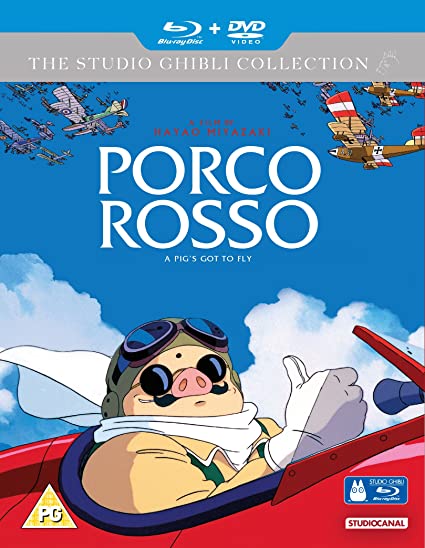
" The Bygone Days " is a song from the animated movie Porco Rosso. Porco Rosso is a 1992 Japanese animated comedy-adventure film written and directed by Hayao Miyazaki. It is based on Hikōtei Jidai ("The Age of the Flying Boat"), a three-part 1989 watercolor manga by Miyazaki. The film stars the voices of Shūichirō Moriyama, Tokiko Kato, Akemi Okamura and Akio Ōtsuka. Toshio Suzuki produced the film. It was animated by Studio Ghibli for Tokuma Shoten, Japan Airlines and the Nippon Television Network and distributed by Toho. Joe Hisaishi composed the music.
The plot revolves around an Italian World War I ex-fighter ace, now living as a freelance bounty hunter chasing "air pirates" in the Adriatic Sea. However, an unusual curse has transformed him into an anthropomorphic pig. Once called Marco Pagot (Marco Rossolini in the American version), he is now known to the world as "Porco Rosso", Italian for "Red Pig" or "Red Pork".
[video width="640" height="360" mp4="https://www.easypianoonline.com/wp-content/uploads/2020/11/TheBygoneDays.mp4"]

So What
by Miles Davis
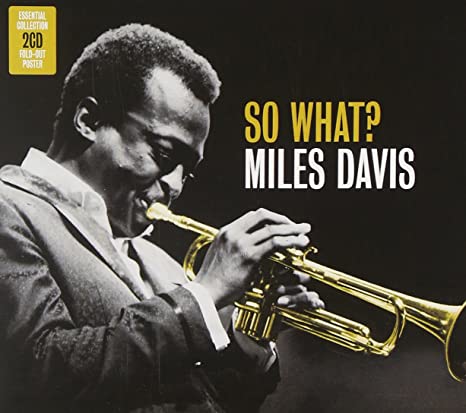
" So What " is the first track on the 1959 album Kind of Blue by American trumpeter Miles Davis.
It is one of the best known examples of modal jazz, set in the Dorian mode and consisting of 16 bars of D Dorian, followed by eight bars of E♭ Dorian and another eight of D Dorian. This AABA structure puts it in the thirty-two-bar format of American popular song.
The piano-and-bass introduction for the piece was written by Gil Evans for Bill Evans (no relation) and Paul Chambers on Kind of Blue. An orchestrated version by Gil Evans of this introduction is later to be found on a television broadcast given by Miles' first quintet (minus Cannonball Adderley who was ill that day) and the Gil Evans Orchestra; the orchestra gave the introduction, after which the quintet played the rest of "So What". The use of the double bass to play the main theme makes the piece unusual. This arrangement was later performed and recorded as part of the album Miles Davis at Carnegie Hall.
[video width="640" height="360" mp4="https://www.easypianoonline.com/wp-content/uploads/2020/11/SoWhat.mp4"]

Smooth Criminal
by Michael Jackson
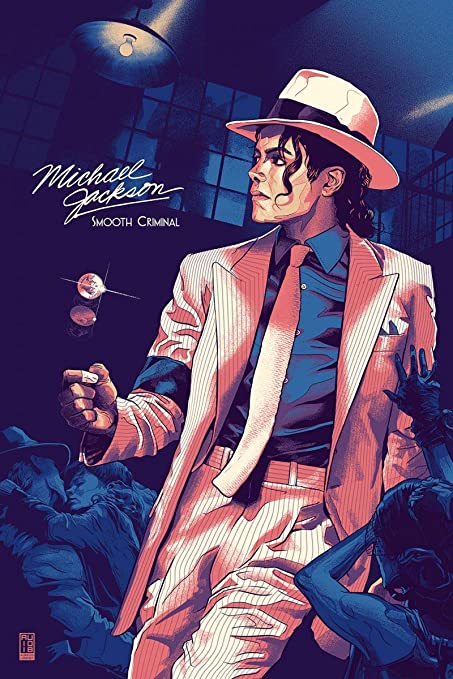 >
>
" Smooth Criminal " is a song by American singer Michael Jackson from his seventh studio album Bad (1987). It was written by Jackson, and produced by Jackson and Quincy Jones. It was released as the album's seventh single on November 14, 1988. It features lyrics about a woman who has been attacked in her apartment by a "smooth criminal". The refrain "Annie, are you OK?" was inspired by Resusci Anne, a dummy used in CPR training.
"Smooth Criminal" peaked at number seven on the Billboard Hot 100, becoming the sixth top 10 single from Bad. It also peaked at number two on the Billboard Hot Black Singles chart. It was certified 2x Platinum by the Recording Industry Association of America (RIAA). The song reached number one in Belgium, Iceland, the Netherlands and Spain. Though "Smooth Criminal" was not one of the Billboard Hot 100 number-one singles, in retrospective reviews it has been regarded as one of the best songs on Bad and one of Jackson's signature songs. It has appeared on numerous greatest hits albums and was performed on all of Jackson's solo tours.
[video width="640" height="360" mp4="https://www.easypianoonline.com/wp-content/uploads/2020/11/SmoothCriminal.mp4"]
Lyrics
Smooth Criminal
As he came into the window
Was a sound of a crescendo
He came into her apartment
He left the bloodstains on the carpet
She ran underneath the table
He could see she was unable
So she ran into the bedroom
She was struck down, it was her doom
Annie, are you okay?
So, Annie are you okay?
Are you okay, Annie?
Annie, are you okay?
So, Annie are you okay?
Are you okay, Annie?
Annie, are you okay?
So, Annie are you okay?
Are you okay, Annie?
Annie, are you okay?
So, Annie are you okay? Are you okay Annie?
Annie are you okay?
Will you tell us that you're okay?
There's a sign at the window
That he struck you, a crescendo Annie
He came into your apartment
Left the bloodstains on the carpet
Then you ran into the bedroom
You were struck down
It was your doom
Annie, are you okay?
So, Annie are you okay?
Are you okay, Annie?
Annie, are you okay?
So, Annie are you okay?
Are you okay, Annie?
Annie, are you okay?
So, Annie are you okay?
Are you okay, Annie?
You've been hit by
You've been hit by
A smooth criminal
So they came into the outway
It was Sunday, what a black day
Mouth to mouth resuscitation
Sounding heartbeats, intimidation
Annie, are you okay?
So, Annie are you okay
Are you okay, Annie
Annie, are you okay?
So, Annie are you okay
Are you okay, Annie
Annie, are you okay?
So, Annie are you okay?
Are you okay, Annie?
Annie, are you okay?
So, Annie are you okay? Are you okay Annie?
Annie are you okay?
Will you tell us that you're okay?
There's a sign at the window
That he struck you, a crescendo Annie
He came into your apartment
Left the bloodstains on the carpet
Then you ran into the bedroom
You were struck down
It was your doom
Annie, are you okay?
So, Annie are you okay?
Are you okay, Annie?
You've been hit by
You've struck by
A smooth criminal
Annie are you okay?
(I don't know)
Will you tell us that you're okay?
(I don't know)
There's a sign at the window
(I don't know)
That he struck you, a crescendo Annie
(I don't know)
He came into your apartment
(I don't know)
Left the bloodstains on the carpet
(I don't know why, baby)
Then you ran into the bedroom
(I don't know)
You were struck down
It was your doom, Annie (dag gone it)
Annie are you okay?
(Dag gone it, baby)
Will you tell us that you're okay?
(Dag gone it, baby)
There's a sign at the window
(Dag gone it, baby)
That he struck you, a crescendo Annie
He came into your apartment
(Dag gone it)
Left the bloodstains on the carpet
Then you ran into the bedroom
You were struck down
(Dag gone it)
It was your doom, Annie
Songwriters: Michael Jackson







































